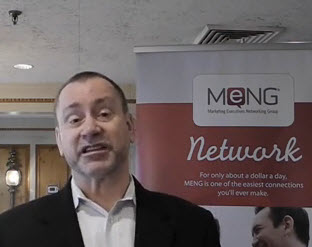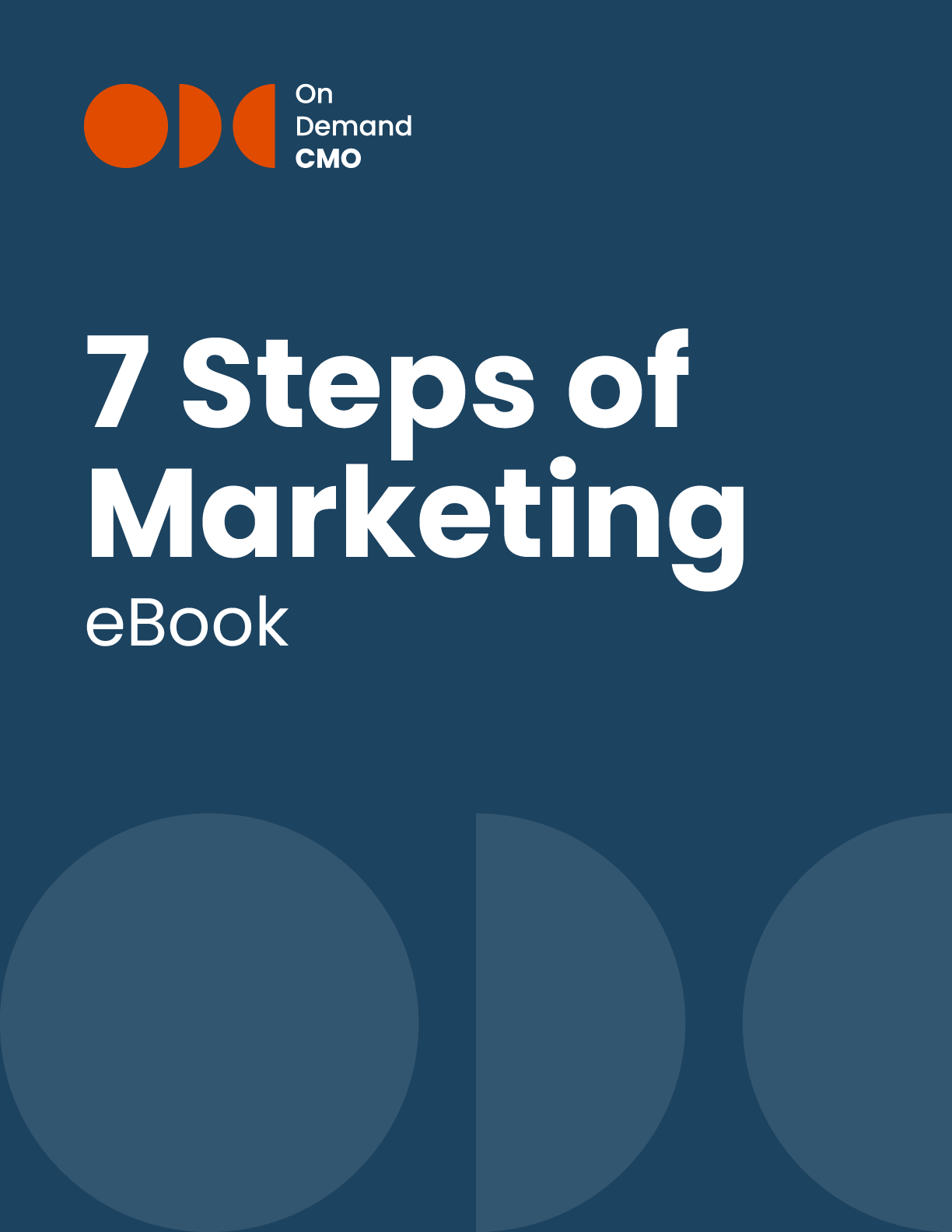
Disruptive innovation is one of those concepts that sounds amazing when we see others do it (Facebook, Google, etc.), but truly terrifying when you think about practicing it yourself. After all, it’s just so… disruptive. Thankfully, the process doesn’t have to be so scary. In a recent presentation to the NJ Chapter of MENG (Marketing Executives Networking Group), Bill Jensen (a.k.a. Mr. Simplicity), CEO of The Jensen Group, shared how to create a space for disruptive innovation in your organization.
Take a hard look at your organization… what is ripe for disruption? If you’re honest with yourself, there could be hundreds of things in need of disruptive innovation:
In manufacturing? How are you dealing with 3-D printing? Amazon is experimenting with using drones to deliver things. How do you deliver your products?
Even things as mundane as customer bathrooms can be places for radical innovation.
Now, what is in the way of innovating these areas in your company? Typically, it’s a combination of fear and preconceived notions blocking the way. We see things in a certain way and forget that it doesn’t have to be that way. We’re blinded by our expertise and/or comfortable in our position and reluctant to change.
If you want your company to be innovative and disrupting the industry—rather than always being disrupted by others—take these three concepts from Jensen to heart and you’ll be able to outthink your competition:
1. Disrupt yourself. Leadership experts always say the first step in leading others is to lead yourself. If you can’t lead yourself, you can’t lead anyone else. The same applies to disruption. You can’t deal with disruptions in your company and industry if you can’t disrupt yourself. Ask yourself, “What is in my head that is in my way?”
Remember that sooner or later, your business will be disrupted, either by you or by someone else. If you can disrupt yourself before someone else does, you’re in a much better position and won’t have to play catch-up.
2, Audacity matters. Do you have a wild idea for a product, service, or process? Something that seems absolutely crazy, like say, using crowdsourcing for medical research? Patients Like Me is doing just that and turning the traditional double-blind study method on its head by harnessing the power of the crowd.
How about creating an internet communication service where users can write short messages to their friends, but unlike email, the messages won’t pile up in an inbox? That idea became Twitter.
Your employees probably have great ideas you could use. You may even have some yourself. The first step to capitalizing on these great ideas is to create a safe space for people to question assumptions. Ask your team, “what if … ?” and let them dream and be creative. Once people get past their assumptions, amazing things happen, even if it’s only for an hour at a time.
Empower your team to become problem solvers and don’t tolerate problem finders (those people who shoot down ideas simply because they’re different). Of course new ideas will have problems in them, but an ideation session is not the time to address problems; it’s the time to come up with great ideas and you can smooth out the wrinkles later on as the ideas are developed.
3. Make a mess. Don’t trash everything, but approach your work more like an investment portfolio and less like a museum. Museums are monuments to the past, filled with guards that tell you not to touch the displays. Investment portfolios on the other hand, are forward-looking. They have a blend of high-risk and low-risk investments.
The watchword for investing is diversification and savvy investors spread their investments around in a variety of vehicles (stocks, mutual funds, real estate, bonds, etc.). The same thing applies in business. Bonds are safe and stable, but they have low returns. Stocks are riskier, but can payoff with huge gains. Diversify your projects—have a core of safe projects, but add a riskier project or two into the mix.
Pilot programs are a great way to experiment and minimize the risk your organization is exposed to, as well as to get data you can bring to the higher-ups in your company.
Don’t be a museum guard shooing overly-inquisitive kids away from displays. Go ahead and make a mess. Move fast and break things, as Facebook’s mantra goes; or as my friend, Mike Moran, says, do it wrong quickly.
Disruption is coming to your company and your industry. The question is, are you going to be the disrupter or are you going to be blindsided by disruption by your competitors?
VIDEO: Bill Jensen shares how to deal with disruptive innovation.
Your Freebie eBooks: The following are Dropbox links for the two books that resulted from Bill’s interviews with 100 Disruptive Heroes…

OnDemandCMO has authored 7 Steps of Marketing, the only marketing guide book you’ll need to either get your marketing started properly, or stay on track strategically.
It features best practices on branding, messaging, social media, lead generation and much in between.
Please let us know who you are, and we'll share a few of our secrets (we don't sell or trade your info)!